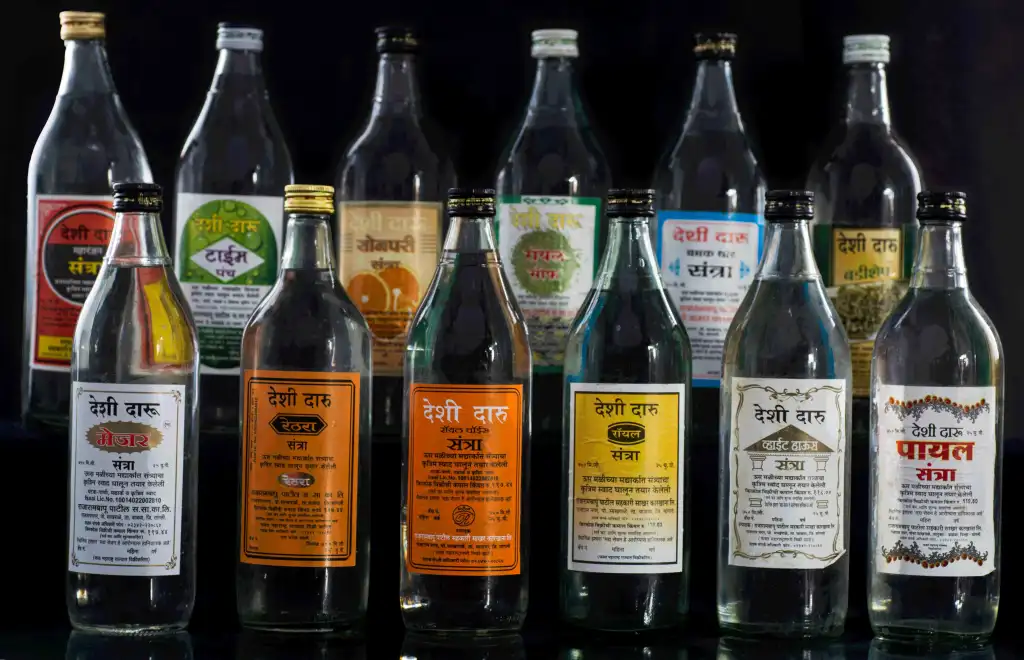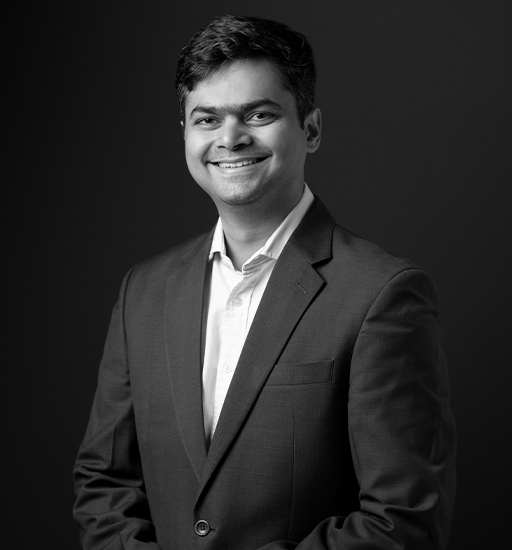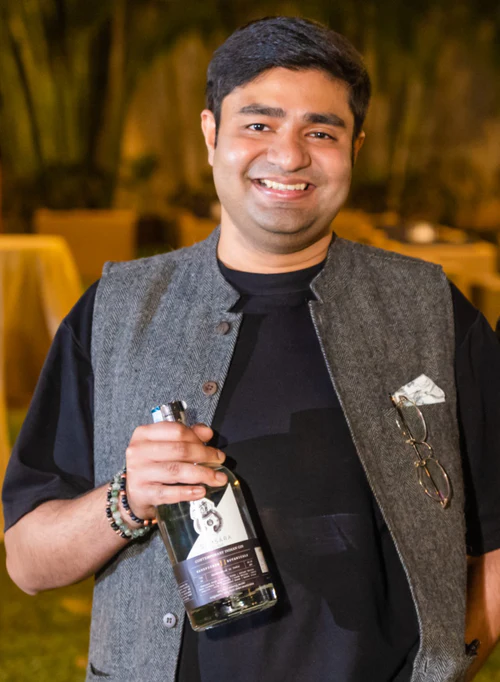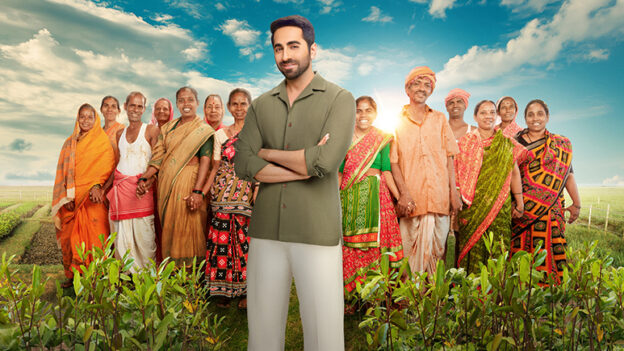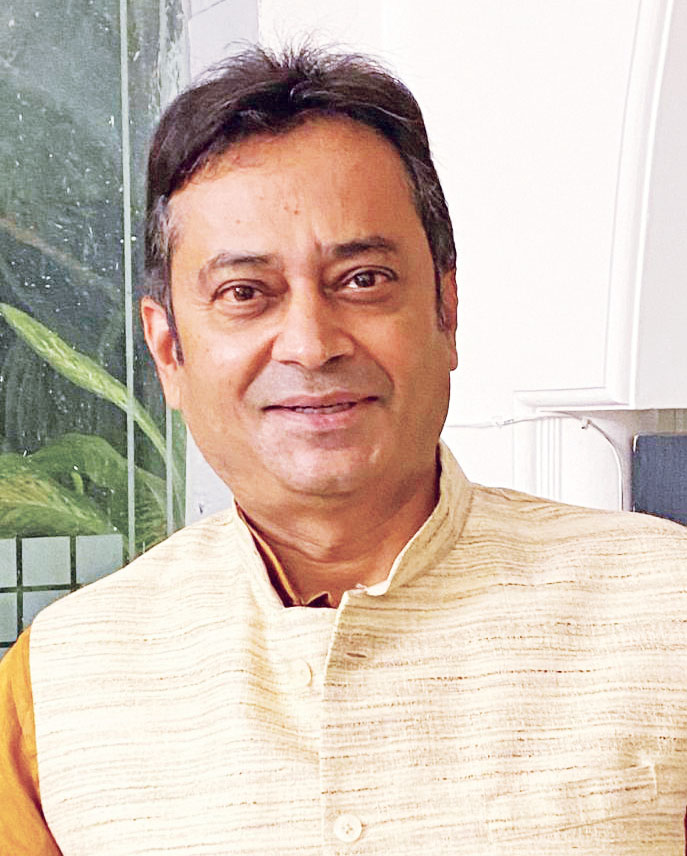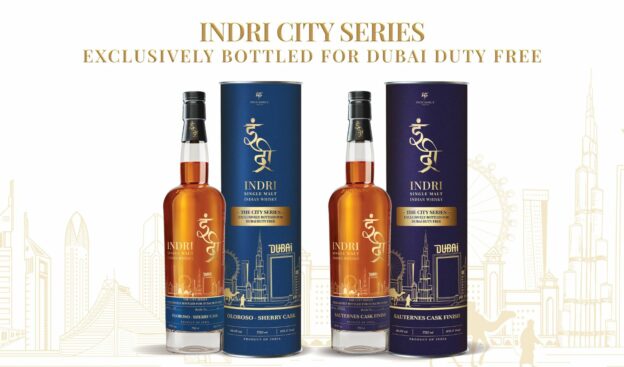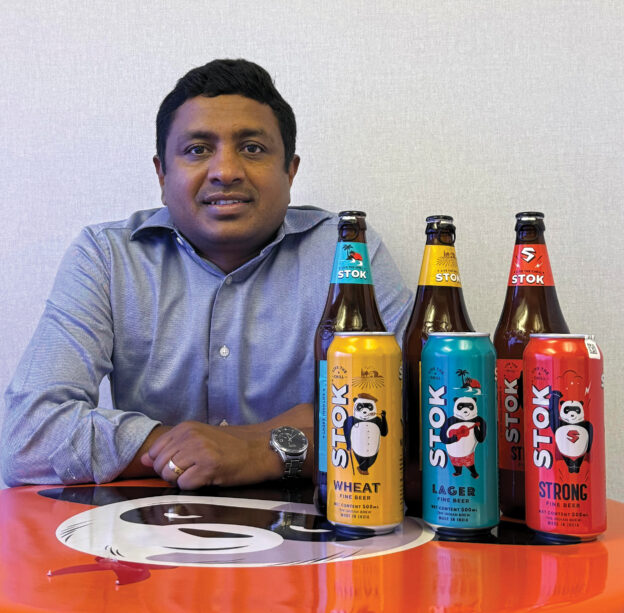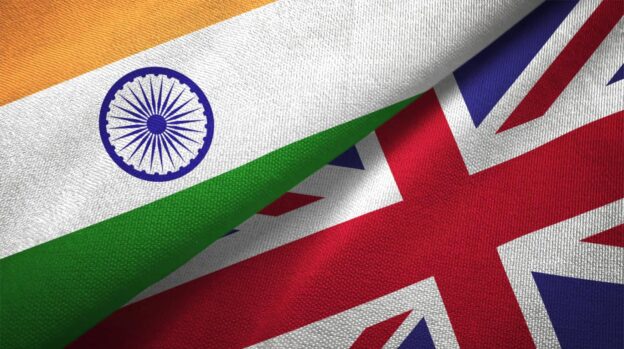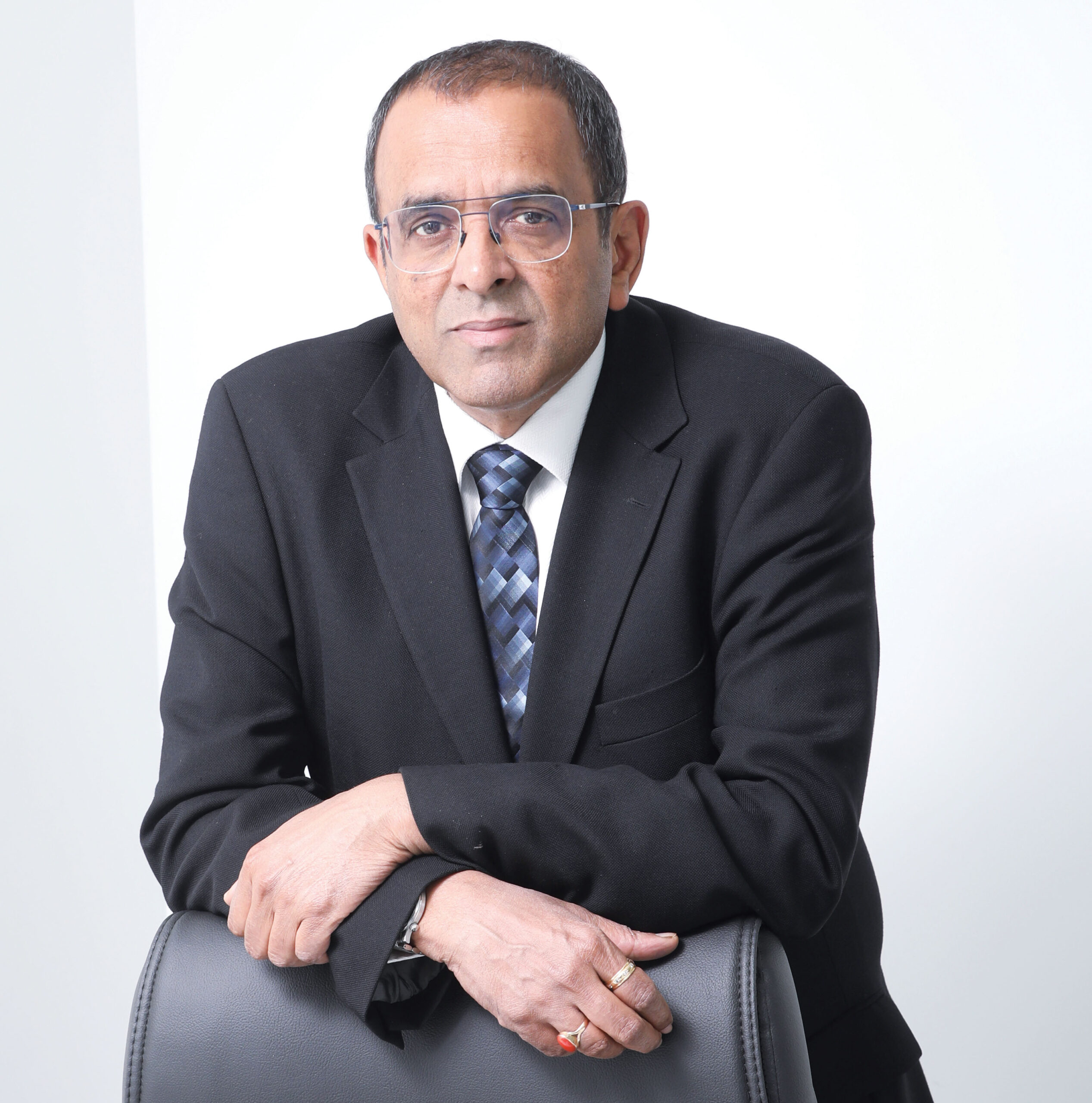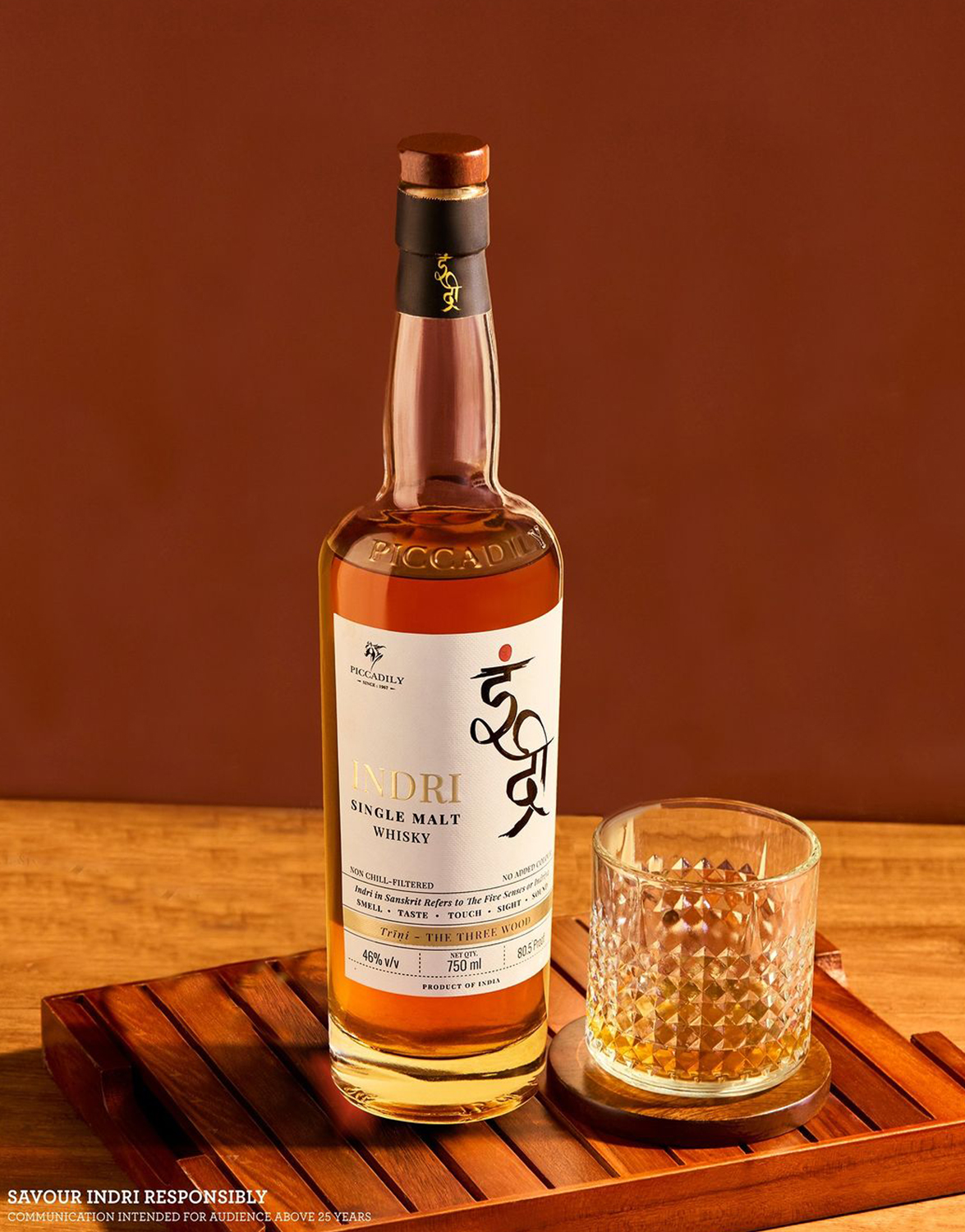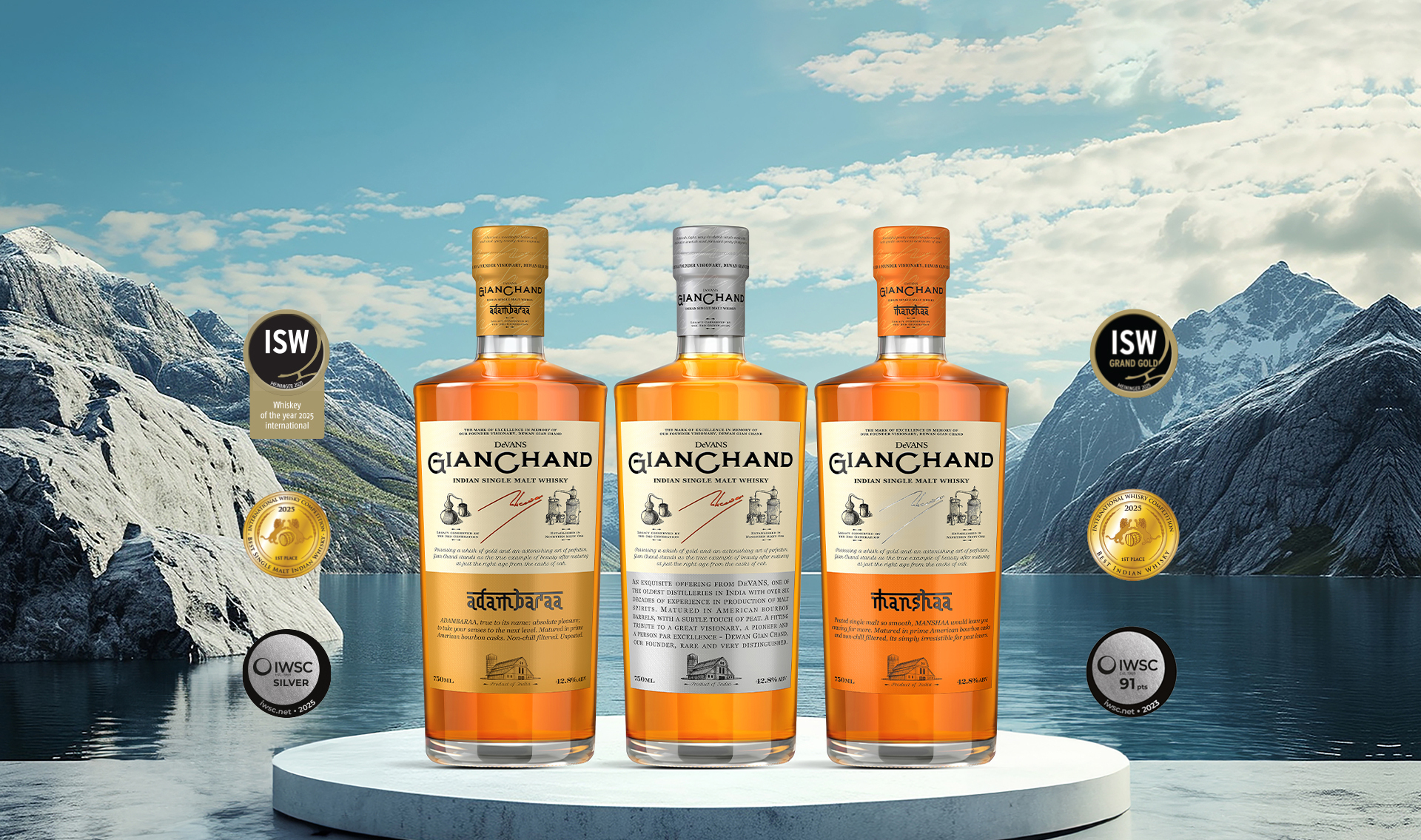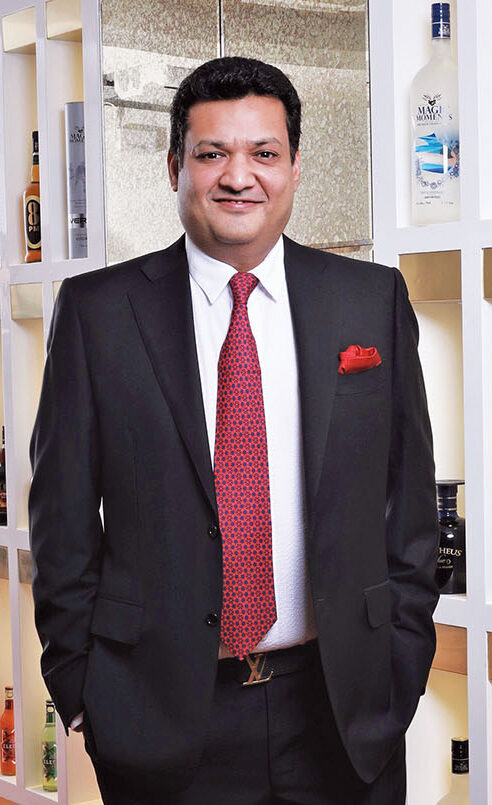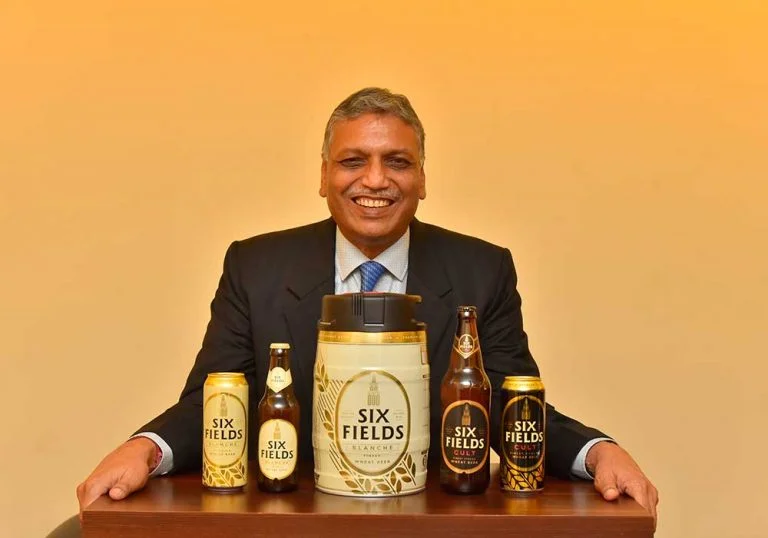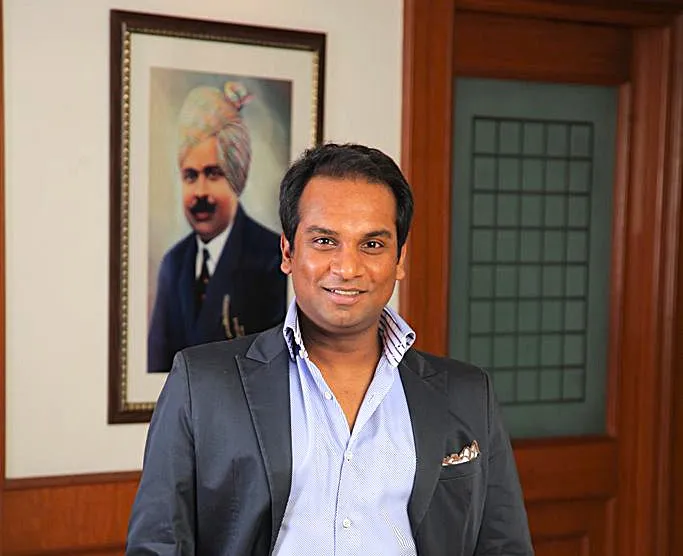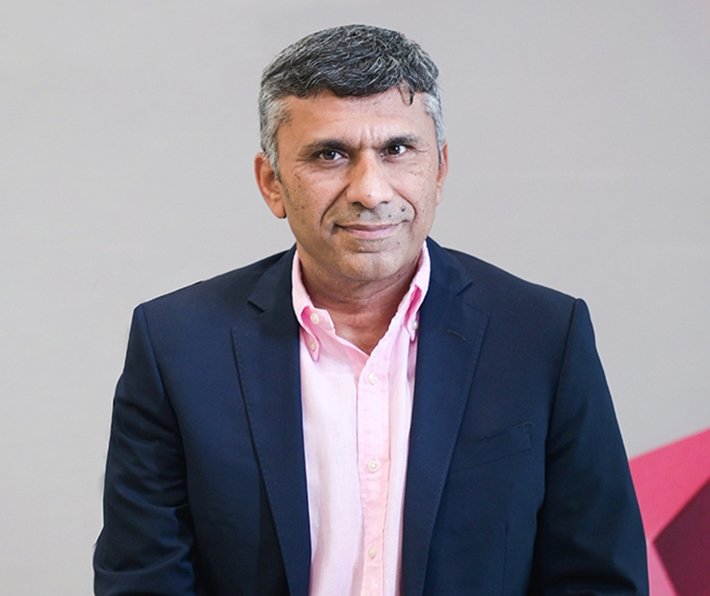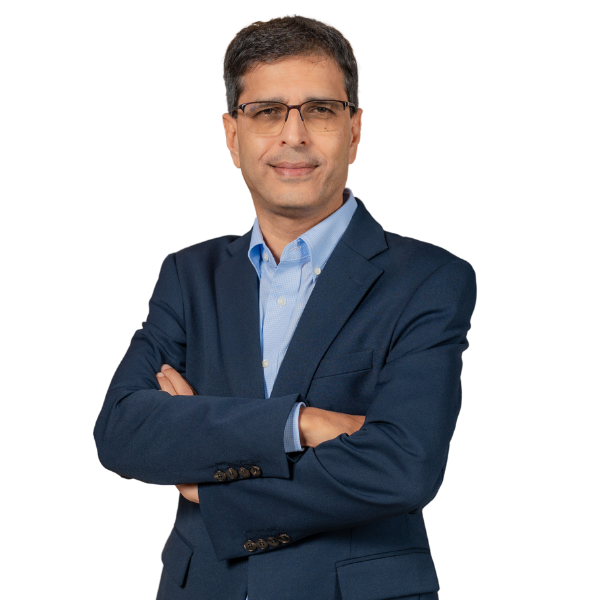The alcobev sector has been a part of two critical Free Trade Agreements (FTAs) – the one India signed with Australia in early 2022, and the more recent Comprehensive Economic and Trade Agreement (CETA) between India and the UK. While the focussed beverage on the Australian one was wine, the UK agreement is focussed on spirits – notably whisky and gin.
Unlike most of the world, the Indian alcobev market is dominated by spirits whose share stands at circa 52%, compared to beer at just under 48%, with wine making up the minuscule remainder. To place it in a comparative context, the UK market is dominated by beer at nearly three-fourths of the market, followed by wine at a healthy 20%, with spirits bringing up the single-digit balance. Even within spirits, India is typically ‘browns’ country with whisky, brandy and rum having a dominant 96% share of all alcoholic spirits, with ‘white’ spirits (e.g., vodka, gin, tequila and flavored spirits) at a distant 4%. On the contrary, the UK is dominated by ‘white’ spirits at 60%, the balance 40% being ‘brown’ spirits (Figures are courtesy IWSR calendar year reports).
While exports of spirits from India to the UK have been traditionally subjected to NIL import duties at the UK end, India imposes an import tariff of 150% on all imports of alcoholic spirits from the UK.
Under the recent India-UK CETA, for whisky and gin, this will now come down to 75% on entry-into-force (EIF) or operational commencement of the CETA, followed by a phased annual reduction over ten years to a resting rate of 40%. For all alcoholic spirits other than whisky and gin, the comparable figures are 110% on EIF, going down over a ten-year period to a resting rate of 75%. However, this concession for all spirits (other than Whisky and Gin) will be subject to a Minimum Import Price (MIP) of USD 5 / USD 6 i.e., only imports valued abovethe threshold will be eligible for the concession – those belowthe threshold will continue to be charged at the current import tariff of 150%.
| Whisky and Gin | Other Alcoholic Spirits | |
| 150% | Current Import Tariff (BCD + AIDC) | 150% |
| 75% ↓ 75% | On Entry into Force (EIF) | 110% ↓ 40% |
| 40% ↓ 110% | Phased annual reduction to a resting rate in Year 10 of | 75% ↓ 75% |
| NA | Minimum Import Price (MIP) | USD 5 / USD 6* |
*UOM unclear at present BCD – Basic Customs Duty
AIDC – Agricultural Infrastructure and Development Cess
The use of the term ‘Whisky’ in the CETA will make imports of all Whisky from the UK (e.g., those produced in Great Britain, Wales and Northern Ireland) eligible for the tariff reduction in addition to Scotch. The Rules of Origin embedded in the CETA mandate a minimum value addition of 35% within the UK to qualify for the beneficial import tariff into India.
While the intention of the reduction in tariff is to make it applicable to both forms of import – those imported in bottled form (also known as Bottled in Origin or BIO), as also to Bulk Spirit, imported to facilitate local production / bottling and to enhance the blend quality of Made-in-India products, historical HSN classification of the Bulk products may create some issues for imports which will need to be ironed out.
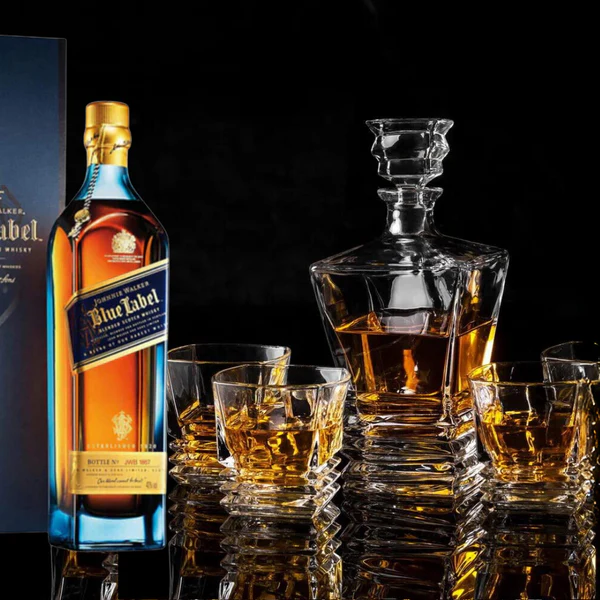
India is the largest importer of Scotch whisky from the UK in volume terms, primarily on account of its humongous import of Bulk Scotch, which constitutes nearly 80% of the country’s overall Scotch import. As mentioned earlier, the Bulk Spirit is used for bottling of Scotch whisky brands in India as also for blending with locally produced brands of IMFL.
While the Indian Cabinet has approved the CETA, the UK Parliament must approve the CETA before it can become effective – and hence the current expectations are that the EIF will be around mid-2026.
While state duties and taxes on Alcoholic Spirits vary state by state, on a national average they are in the range of 66-75% of the street price paid by consumers. That leaves a residual share of 25-34% to cover the CIF price (or cost of goods), local distribution and other expenses, customs tariffs (for imported products), local state levies (e.g., licence fees), and margins for the suppliers, wholesalers and retailers. When placed in this context, one can well visualise that the tariff reduction, though very welcome, is not going to have an earth-shattering impact on street prices. Additionally, given that the EIF is still some time away, various factors can impact the benefits of the tariff reduction, particularly in the current charged geopolitical environment of aggressive physical and trade conflicts – e.g., the INR-GBP forex rate, and the UK-India freight rates, to name only two.
That said, it’s a fresh and welcome reset to a long-standing trade relationship. Cheers to that!
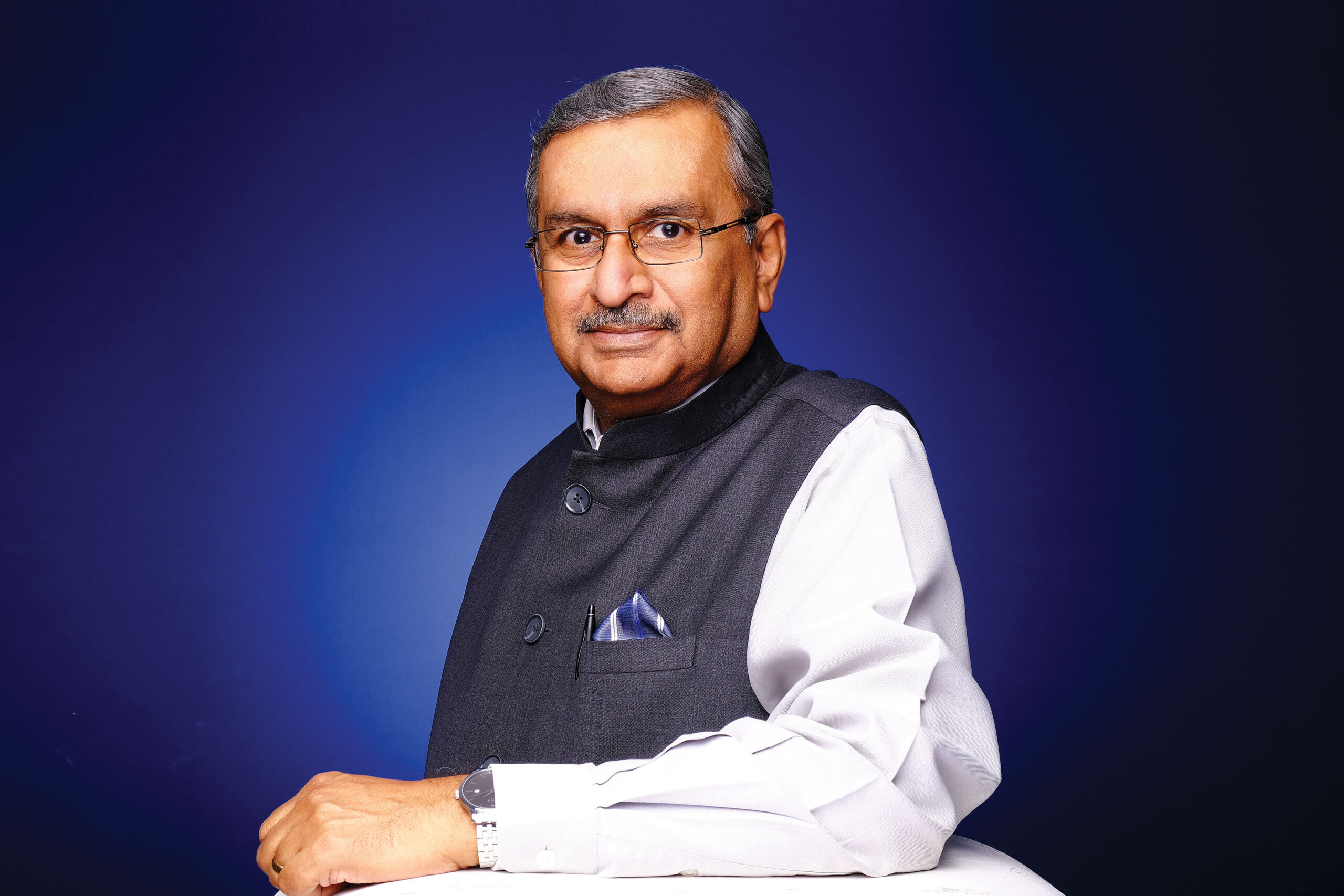
Suresh Menon is a veteran of the Indian alcobev industry, having been a part of the sector for over 35 years – the views expressed herein are personal.


